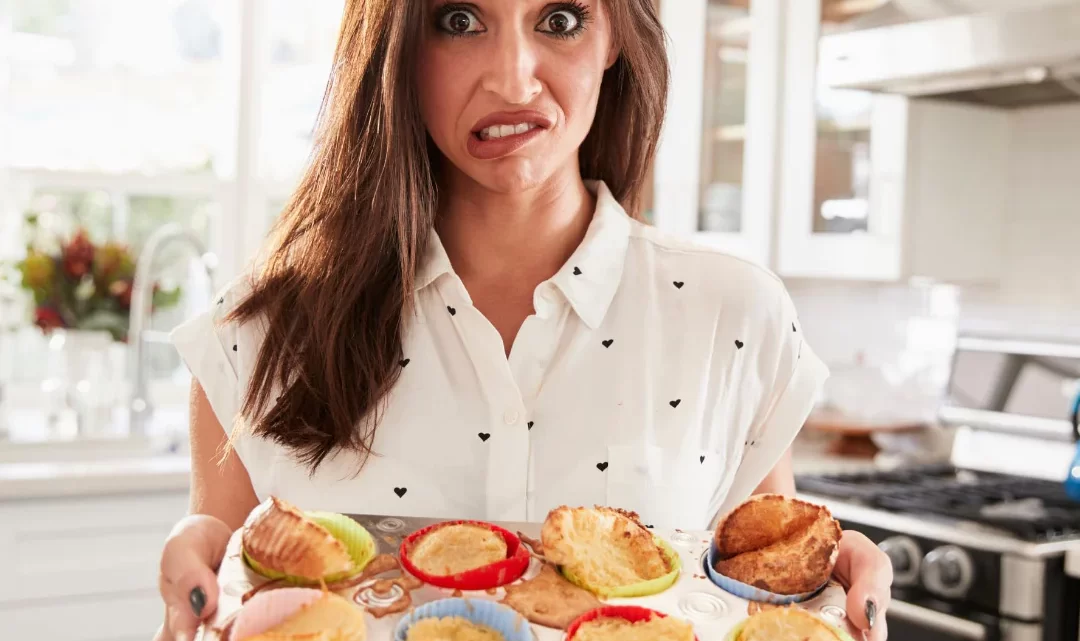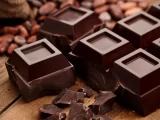How to Avoid Common Cooking Mistakes When Baking a Cake
September 29, 2023Baking cakes is not without its share of cooking hiccups, especially when using written recipes. Even using an accurate measurement and baking time estimate, small mistakes in measuring, mixing and baking may cause your cake to come out under- or overcooked.
Be sure to use accurate measuring tools, and allow the ingredients to reach room temperature before mixing too vigorously – this can prevent an over-mixed texture in the final cake product.
Preparation
Cake baking can be either straightforward or intricate depending on the complexity of your recipe, but there are a few essential steps that need to be followed to achieve maximum results.
Start by preheating your oven to its specified temperature; this will help your cake bake evenly and rapidly.
Next, combine all of your wet ingredients thoroughly – ideally using a stand mixer but mixing by hand also works just as effectively. Be sure to use room temperature butter and sugar as this will ensure a light and fluffy batter!
Be careful not to overmix your batter as this could deflate the air bubbles that give cakes their light texture. A quick test for this would be inserting a toothpick or knife into the center of your cake and seeing if it comes out clean; otherwise bake a few more minutes and try again.
Mixing
Making the perfect cake requires good mixing techniques. When using an electric mixer, start at its lowest speed and increase it gradually as needed.
Alternating between adding dry and wet ingredients helps prevent gluten formation too quickly, which could result in tough baked goods.
Creaming butter and sugar together is also integral in the mixing process, as it creates air pockets which help cakes rise. Furthermore, this allows you to extract maximum flavor and texture from your ingredients.
Before beginning mixing, ensure you have your cake pans prepared and the oven preheated. If your cake sinks in the center after overbaking, overbeaten egg whites, too much flour, baking powder or sugar was added or the door opened too frequently can lead to its demise–try not peeking!
Baking
Baking is an integral component of cooking that can be done in almost any kitchen environment. Starting baking can also be simple as many recipes follow similar steps each time.
When baking cakes, it’s crucial that the exact instructions be followed precisely for optimal results. Over-mixing will deflate air from your batter, leading to an uninviting final texture after baking. Furthermore, cake flour has less protein than all-purpose, providing leavening benefits as well as soft textures in baked goods.
Preheating the oven is another key step in making perfect cakes, so it is best to set a timer and not open the door during this process. Opening it allows cold air in and drastically alters internal temperatures – this can have serious ramifications on how your cake turns out! Once done, remove from the oven and place on a wire cooling rack; gently press any domed cakes using an old tea towel (or Velcro strips) to even out their surface.
Cooling
An ideal way to cool a cake properly and avoid soggy bases is using a cooling rack, as this gives the entire cake exposure to air. Placing it directly on a plate traps heat at its base which could lead to an soggy mess later.
Refrigerating or freezing your cake for some time is also helpful in speeding up the process, however beware not to completely seal it in, as this could dry out your dessert and lead to problems when baking it later on.
Before taking out your cake from its pans, allow it to set for about ten minutes so the cake can firm up slightly and become easier to remove from its containers without breaking. This step is especially helpful with sponge cakes. Though seemingly minor, taking this extra step may save a great deal of trouble later.



